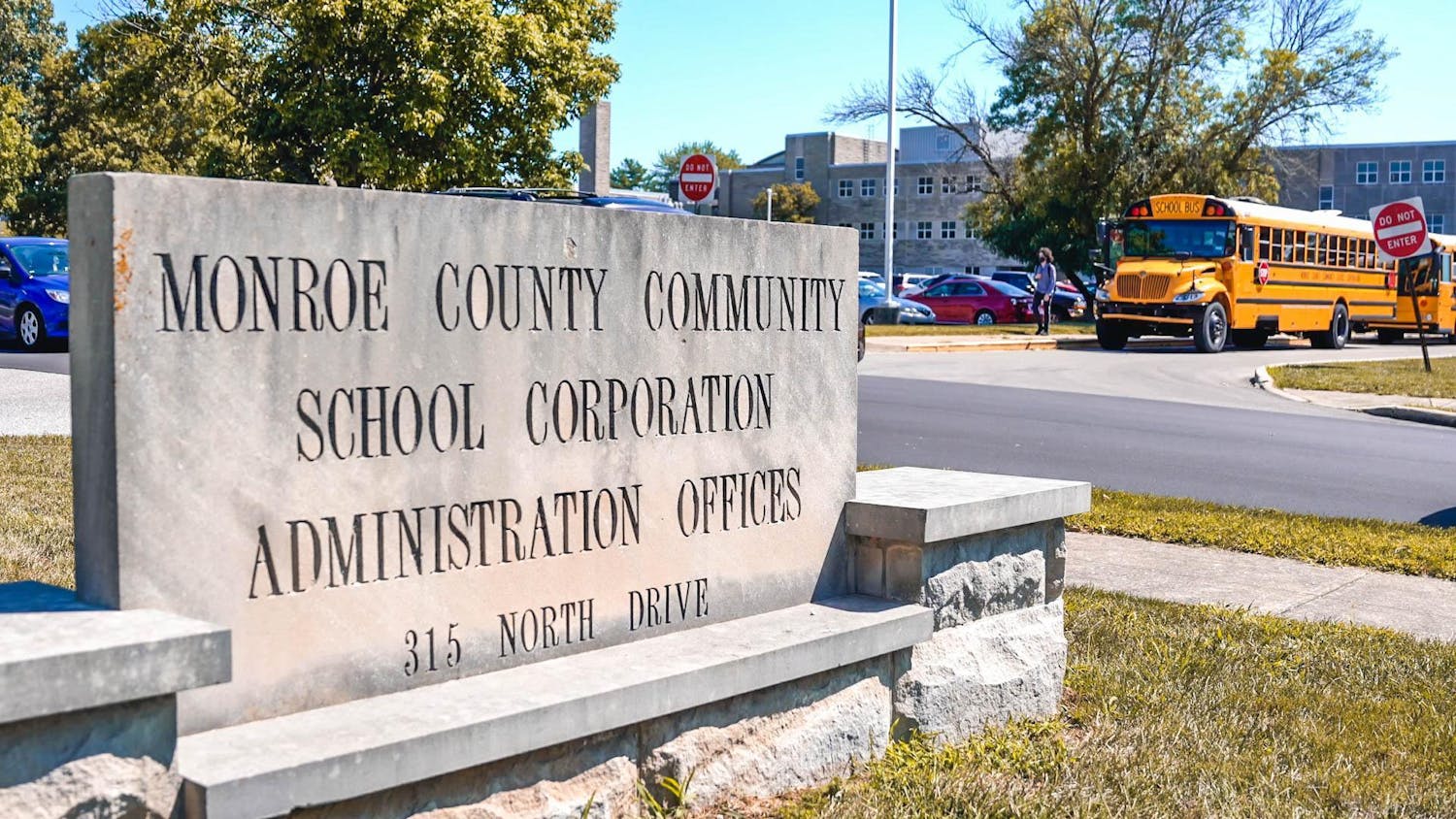A 2-year-old boy died in 2007 after he was found with vomit around his mouth and a bottle of methadone, an opioid drug, in his hands, according to an FDA report that year.
The same year, a 4-year-old girl died after eating a fentanyl patch she found in the trash. Blood samples of a 2-year-old girl who also died that year tested positive for oxycodone.
As an opioid epidemic continues to ravage the United States, the American Medical Association has launched a task force to tackle it. According to the organization’s website, the task force encourages the safe disposal of opioid drugs so they do not fall in the hands of children or people who may misuse them.
Joanne Brasch is a special project manager for California Product Stewardship Council, which organizes the campaign Don’t Rush to Flush.
The Don’t Rush to Flush campaign uses National Prescription Drug Take Back Day, which took place Saturday as a starting point to encourage the safe disposal of drugs.
The Bloomington Police Department celebrated the day by allowing residents to bring leftover prescription drugs to the police department for safe disposal.
“Always keep them locked up and away from children and animals,” Brasch said. “When you are ready to dispose of medication, you can put the pills in a bag and drop them at a kiosk.”
She said there are many areas in the United States that do not have medication disposal kiosks available at pharmacies, hospitals and police departments.
If this is the case, Brasch said residents should call local hospitals and police stations and ask them to set up collection programs. She said they can also host and fund bins themselves or encourage legislators to pass extended producer responsibility laws, which require pharmaceutical manufacturers to fund and manage take-back programs and bins.
The California Product Stewardship Council recommended EPR laws as a way to dispose of the 10 to 33 percent of the $276 billion of prescribed drugs U.S. citizens use each year, according to a 2014 National Health Expenditure Projections report.
Heidi Sanborn, executive director of the California product stewardship council, said the unused drugs are often flushed, trashed or stored for long periods of time in homes.
Brasch said Don’t Rush to Flush and pharmacists are good sources for information about disposing these unused drugs.
“Ask your pharmacist when you pick up your medication, where you should dispose them,” she said. “Ask your local government to support and enforce efforts to organize safe disposal.”
Sanborn said prescription medications, over-the-counter medications, medicated ointments, medicated lotions and even pet medications need to be disposed of properly.
But Brasch said sharps, including medical needles, cannot be thrown out into medication disposal kiosks.
“These products are harmful to humans and the environment when not properly disposed,” she said.
The California Product Stewardship Council website states medical needles disposed in the trash pose serious health risks to children, as well as sanitation and water treatment facility workers.
The website indicates it is not uncommon for sanitation workers struck by needles to undergo medical testing for diseases. Throwing out medical needles can also allow them to fall into the hands of people who may misuse them.
As a result, the California Product Stewardship Council encourages people to place sharps in puncture-proof bio-hazard containers and throw them away in medication disposal kiosks.
Brasch said pills should be placed in plastic bags while liquids and creams should be kept in their original packaging. She said people should also mark out any personal information from medication containers.
She said medications should only be put in the trash as a last resort if no medication disposal kiosks are available, but they should never be flushed down the toilet because of potential environmental contamination.
Many bodies of water contain trace elements of hazardous medications that have been flushed down toilets, Brasch said.
“We want to give consumers across the nation a safe, convenient place to dispose medications and other pills to reduce the amount of children and wildlife exposed to the hazardous chemicals found in some pills,” she said.




